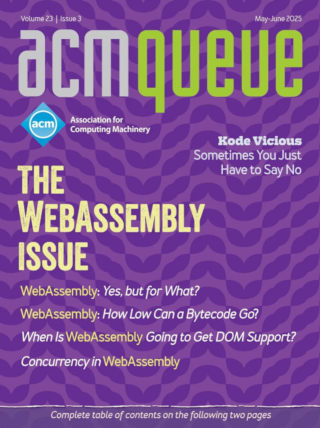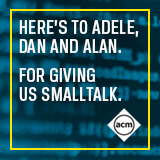
The Road to SDN:
An intellectual history of programmable networks
Designing and managing networks has become more innovative over the past few years with the aid of SDN (software-defined networking). This technology seems to have appeared suddenly, but it is actually part of a long history of trying to make computer networks more programmable.
Provenance in Sensor Data Management:
A cohesive, independent solution for bringing provenance to scientific research
In today’s information-driven workplaces, data is constantly being moved around and undergoing transformation. The typical business-as-usual approach is to use e-mail attachments, shared network locations, databases, and more recently, the cloud. More often than not, there are multiple versions of the data sitting in different locations, and users of this data are confounded by the lack of metadata describing its provenance or in other words, its lineage. The ProvDMS project at the Oak Ridge National Laboratory (ORNL) described in this article aims to solve this issue in the context of sensor data.
Node at LinkedIn: The Pursuit of Thinner, Lighter, Faster:
A discussion with Kiran Prasad, Kelly Norton, and Terry Coatta
Node.js, the server-side JavaScript-based software platform used to build scalable network applications, has been all the rage among many developers for the past couple of years, although its popularity has also managed to enrage some others, who have unleashed a barrage of negative blog posts to point out its perceived shortcomings. Still, while new and untested, Node continues to win more converts.
Center Wheel for Success:
Not invented here syndrome is not unique to the IT world.
When I first read the claim that HealthCare.gov, the Web site initiated by the Affordable Care Act, had cost $500 million to create, I didn’t believe the number. There is no way to make a Web site cost that much. But the actual number seems not to be an order-of-magnitude lower, and as I understand the reports, the Web site doesn’t have much to show for the high cost in term of performance, features, or quality in general.
This is the Foo Field:
The meaning of bits and avoiding upgrade bog downs
When will someone write documentation that tells you what the bits mean rather than what they set? I’ve been working to integrate a library into our system, and every time I try to figure out what it wants from my code, all it tells me is what a part of it is: "This is the foo field." The problem is that it doesn’t tell me what happens when I set foo. It’s as if I’m supposed to know that already.



